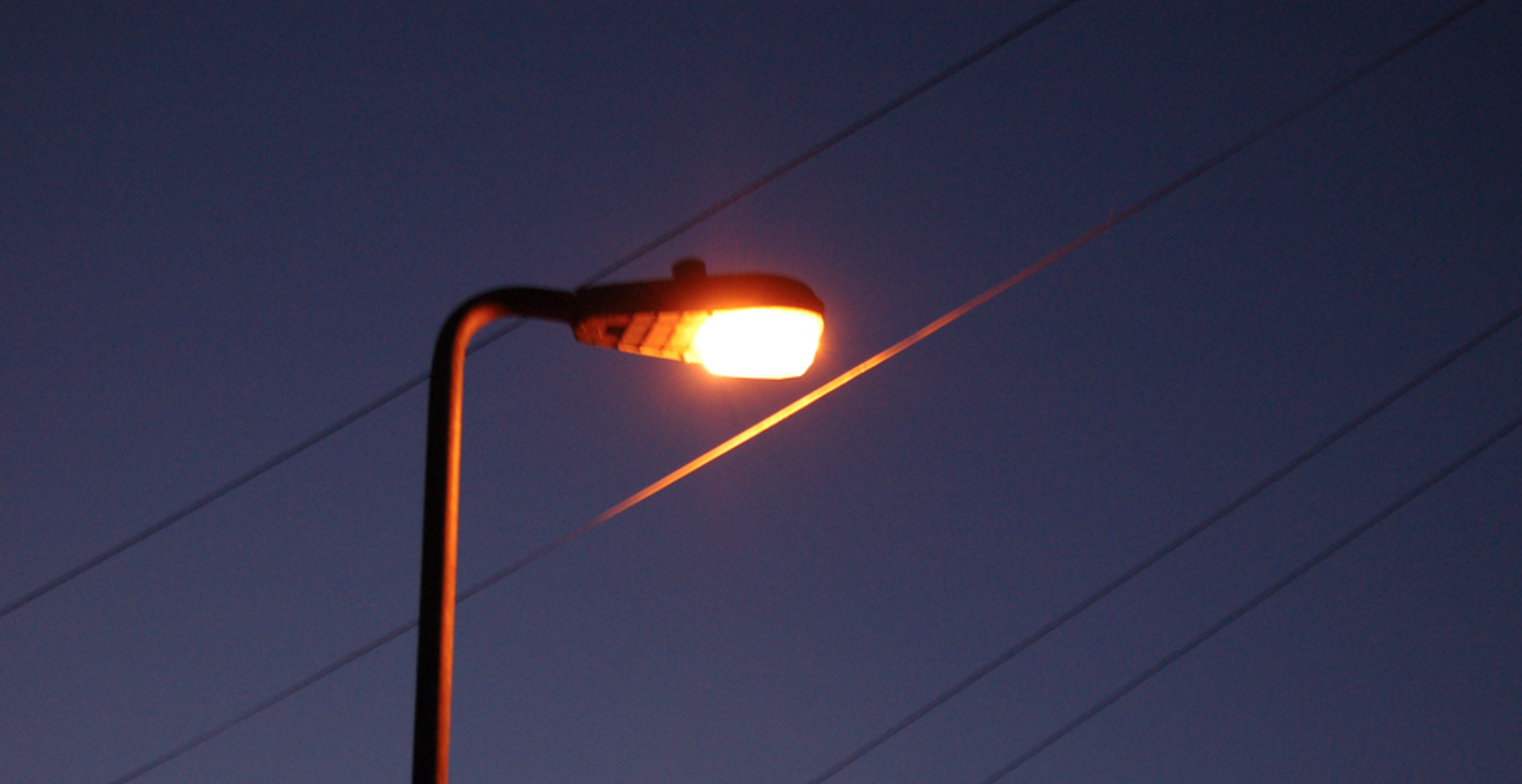Houston has more than 173,000 streetlights across the city, and those are just the ones maintained by CenterPoint Energy. In conversations about public safety, people often point to streetlights as a possible way to deter crime. But in what CityLab called a "seemingly endless debate," the evidence is mixed, and new research from former Kinder Institute fellow Heather O'Connell confirms that more streetlights don't necessarily mean less crime.
There are limitations to the study, co-authored by Rice University's Julia Schedler. The data doesn't include all light sources on a given street and the analysis is not a comparison of crime rates before and after the introduction of new streetlights, rather it is a snapshot.
But it still provides some interesting findings:
• Crime rates in Houston have been remarkably stable between 2010 and 2015. The total crime rate has hovered around 60 crimes per 1,000 residents.
• Crimes against property are far more common than crimes against persons. The 1 percentage-point decline in total crime for Houston can be linked to a decline in the property crime rate.
• Crime rates vary geographically, resulting in several areas with high crime rates and others that have a crime rate of virtually zero. Some of the higher crime rate locations are also sites of higher activity (e.g., the Galleria, Hobby Airport).
• Low crime rates appear throughout the city, in both high- and low-income neighborhoods. This challenges common overgeneralizations connecting poverty and crime.
• Crime rates are actually often higher in areas of the city with higher streetlight densities. While we do not assume that streetlights are causing more crime, they may overlap with areas of greater human activity that can also offer a greater opportunity for crime.
Long story, short, the report argues, "given the complicated relationship between streetlights and crime, cities should not expect a direct impact of additional streetlights on reductions in crime."
As Mike Riggs wrote for CityLab back in 2014, "The light may scare criminals away, but it can also tell them enough about a house or a street or a parking lot to know whether there's anything for them to be scared of."
That's not to say there aren't benefits of street lighting, even if it's just the perception of increased safety. "Lighting increases a sense of community, and community pride. It brings us outdoors in our neighborhoods, helps us get to know each other," wrote Riggs.
For more on the first report, which looked at the overall distribution of streetlights across Houston, click here.

